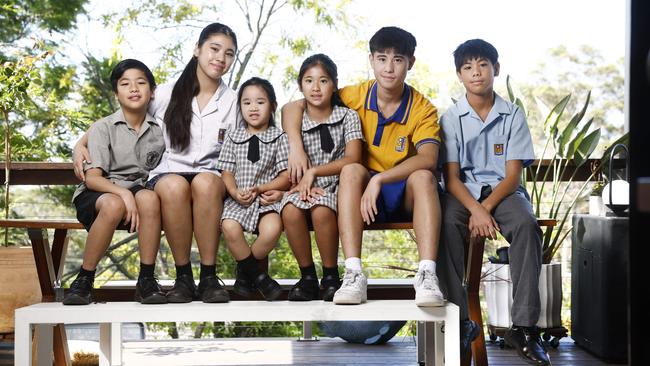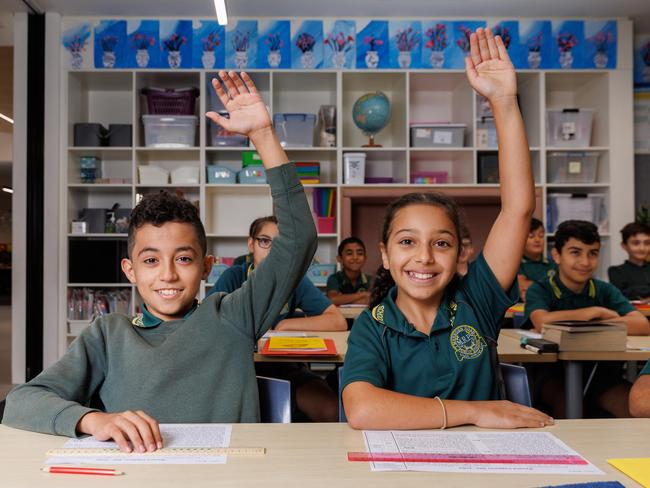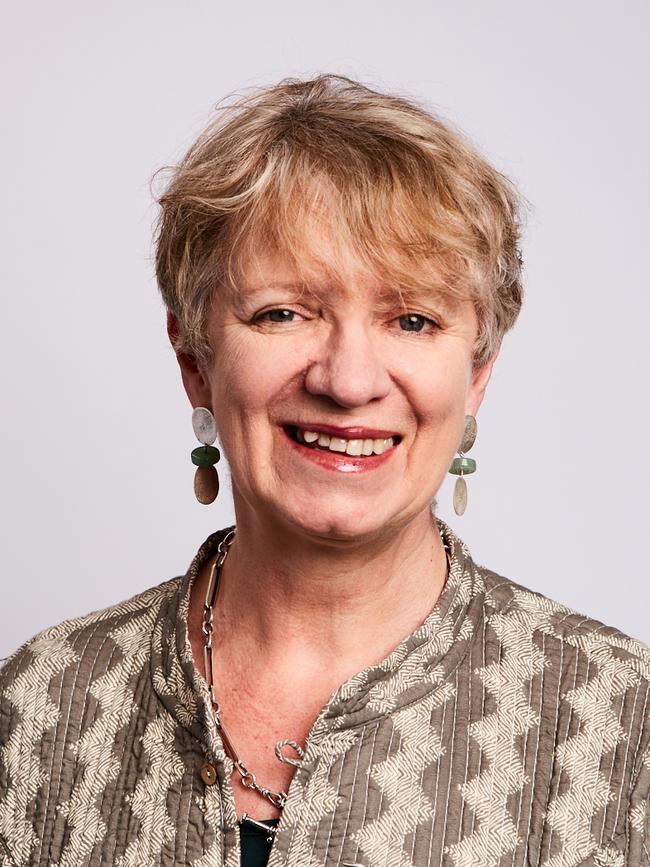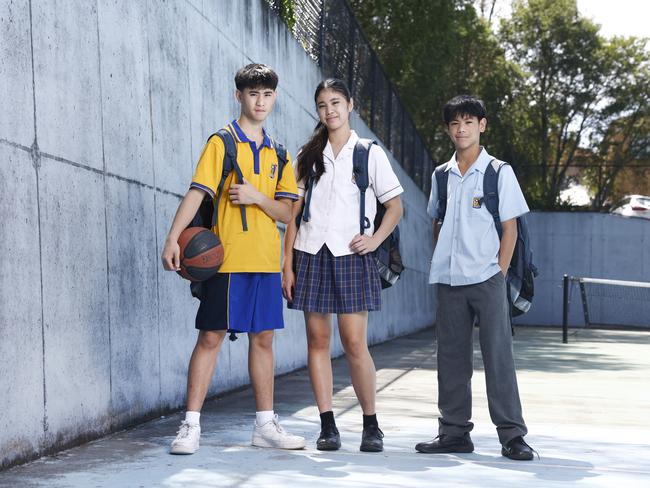Horseshoes, pods, rows: Which classroom configuration gives teachers ‘a better chance’ against unruly students?
It’s a classroom configuration some school teachers still describe as “outdated”, but here’s why one of Australia’s leading behaviour experts believes there’s something to learn from the Victorian era of education.

National
Don't miss out on the headlines from National. Followed categories will be added to My News.
New teachers should look to Victorian-era row seating for setting up their own classrooms, one of Australia’s foremost experts on behaviour management has declared, in his “day one script” to beat the back-to-school mayhem.
Educational consultant and YMCA WA CEO Dr Tim McDonald is firmly in favour of seating students in rows rather than small groups and open-plan configurations that rose to prominence in the 1980s.
While not a “magic bullet”, for teachers who are struggling to keep control over their classrooms, putting students in rows gives them “a better chance” to avoid spending a whole lesson “putting out spot fires”.
“You need young people to have less distractions and be focused on the teacher and their learning,” he said.
“There’s a massive swing back from kids sitting in beanbags or in little bay windows and other things that designers might like.”

The winning formula for concentration and better outcomes, Dr McDonald said, is simple – “you need a great learning resource called a desk, a great learning resource called a chair, and away you go”.
The Daily Telegraph polled more than 400 Australian primary school teachers on their preferred classroom configurations and revealed a stark divide, with 39 per cent voting for rows while 31 per cent organise their students in small groups of up to four students.

A minority of primary teachers who voted in the social media poll – 14 per cent – have arranged seating in a horseshoe pattern, and an even smaller number nominated other flexible seating configurations or larger group tables.
Principal and school leadership consultant Manisha Gazula said a lack of clear consensus among educators, and the belief held by many that sitting in rows disincentivises creativity and collaboration, is based on “a lot of misconceptions”.
“You cannot teach children how to be creative just by putting them in groups,” the Marsden Road Public School principal said.
“You cannot expect children to collaborate if they don’t know what they’re collaborating on – knowledge has to come before skills.”

Sitting in rows gives every student an equal vantage point from which to watch and listen to their teacher as they teach, Ms Gazula said, and for the educator herself to maintain eye contact and quickly spot which students are falling behind.
“It’s just common sense – there’s no big mystery, or big scientific breakthrough.”

University educators are more cautious in backing rows as the best solution, instead instructing student teachers to use their own judgment as to which configuration best suits their students and the subject they’re studying.
Western Sydney University lecturer in secondary education Rachel White said in the high school environment, science lessons might necessitate lab benches while a drama class would see students move around the room rather than be sat at a desk.
“There’s not really one way that you can set up your classroom that will get all your kids As – as with everything in education it’s very complex,” she said.
“It is an important thing to consider, but the amount of control teachers have over their classroom structure varies and it’s one of the thousands of decisions teachers have to make every day.”

Associate Dean of Education Professor Susanne Gannon said there is “no single answer” to the best classroom seating set-up.
“Many contemporary classrooms are busy active places that value flexibility, rearranging learning environments where required to suit learning activities,” she said.
Podiatrist and mum of six Jolina Crescini would be pleased to see traditional rows come back into fashion in time for her youngest daughter, five-year-old Mayumi, to start Kindergarten at her local Catholic parish school.

The Sydney mother said she had raised concerns in the past about her two youngest sons – 9-year-old Roman and 13-year-old Deon – being distracted by troublemakers sat on the same table.
“It’s very distracting to be sat in groups,” Mrs Crescini said.

Her eldest child, 17-year-old Jacinta, is in Year 12 this year at Gilroy Catholic College in the city’s Hills district, and has experienced all sorts of seating configurations through her school years.
“She said if she were to be asked what the best one is, she would say rows,” her mother said.
“I think sometimes the traditional way can be better; that’s how I was taught, and when they’re all facing forward the teacher can tell at a glance they’re all paying attention.”
More Coverage
Originally published as Horseshoes, pods, rows: Which classroom configuration gives teachers ‘a better chance’ against unruly students?





